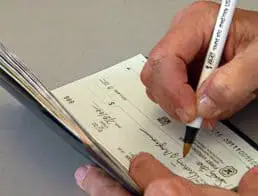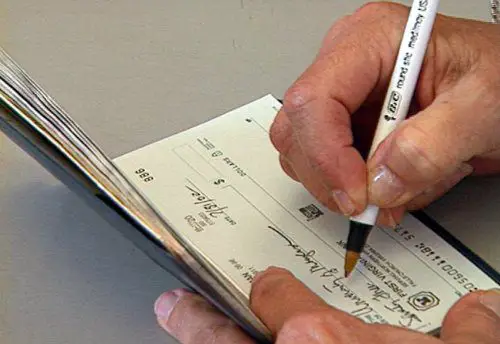Losing your property or assets can be a major blow to your company. While most theft won’t destroy your business, refusing to prevent internal or external theft could lead to thousands or even millions in damages. Every business owner should do his or her part to keep thieves at bay. It can be difficult at first since you will have to invest in new technology and change some of your policies, but it’s rewarding because you’ll greatly minimize your annual losses.
Every Business Owner’s Duty
If you are a small business owner, then you might think that you aren’t a major target for theft. You don’t have as much inventory or assets as larger businesses, and your property probably isn’t worth as much. This type of thinking is very dangerous. While the thief may not make as much stealing from you, this behavior often makes it easier for someone to steal from you.
It’s every business owner’s duty to monitor and prevent theft. No business can entirely prevent theft, but it can be minimized by being diligent and using the right technology. You may not have to worry about internal theft if you are the only worker, but you’ll definitely have to watch out for external asset theft.
Preventing External Theft
External theft means that someone who doesn’t belong to the company steals your property or assets. While most asset theft is the result of internal theft because employees have an easier time accessing and removing assets, external theft is still an issue that you should be concerned with.
You have to ensure that you can monitor the entire business at all times. Larger businesses often hire a security team that watches the store during the night and day. If you don’t have enough money for an internal security team, then you can typically outsource the work to an external security firm. They will charge less because they handle many clients at once, but you’ll still get competent service.
Install cameras around the interior and exterior of the store. Any area that houses valuable assets, such as a garage, definitely needs cameras. You should also have an alarm system that will protect your store during the night. The alarm system will alert the police if someone tries to break into your business.
To make it harder for thieves to hide near the store entrance, you should ensure that the front is clear of clutter and distractions. There’s nothing wrong with having a fence or some shrubs, but don’t make it easy for thieves to hide. They can avoid police by hiding behind tall shrubs, or they might wait for an employee to enter the building before ambushing him or her.
Asset tags are essential for office equipment and expensive property. The best asset tags are permanent and monitored. They will leave a disfiguring tattoo on the asset if removed, and the tags can be tracked to find where the property is.
Preventing Internal Theft
Many of the steps for preventing external theft also apply to preventing internal theft. You need to ensure that you can watch employees at all times to see if they are taking assets. At the same time, you need to trust certain employees with access to these security measures to keep the business running smoothly. For example, the manager who closes the store at night needs to know the alarm system’s code.
Preventing internal asset theft starts before employment. Check the employee’s background and call references. This might show you that the employee was engaged in fraudulent or illegal activity.
Whenever you hire someone or change your policies, you should communicate these rules very clearly to employees. While most employees know that it’s wrong to steal, they may be violating your security policies without knowing it. These violations might lead to asset theft in the future. Auditing is another good idea because it shows that you are watching the employees and judging their performance. Employees are less likely to steal assets if they think that they’ll get caught.
If a supervisor or manager leaves the store, then change the locks, codes and passwords that he or she had access to. This has been a major problem in the last few years with larger business because they forget to change these things when a high-level employee left. An angry or opportunistic employee might use his or her keys or passwords to gain access to the business and steal property.
After Changes
What do you do after installing alarms and making stricter policies? One of the hardest things to do, because it’s boring and tedious, is to monitor employees, customers and anyone who enters your place of business. Preventing asset theft never really stops. You have to ensure that you stay dedicated and keep people from stealing your property.
If there are problems with your policies, hiring habits or any other issues, then you have to change them to further reduce theft. Most businesses update their policies once every six months. This ensures that the employees get used to the new rules while giving the business owner time to see if more improvement is needed.
Tips and Tricks
Just because an asset is big doesn’t mean that it’s safe. People have stolen servers, tractors and other large assets. The truth is that larger assets should receive just as much attention as smaller assets.
Business insurance is great for those who want to minimize the losses of asset theft. Most policies will protect your assets against theft. At the same time, you must constantly update the asset’s value as it ages.
Be sure to tell employees what is and isn’t theft. For example, if you run a print shop, then you might allow employees to print a few pages here and there for free, but you won’t let them take ink cartridges or print hundreds of pages. This will let the employee know what he or she can do to stay away from trouble.
Resources:
http://www.camcode.com/property-id-tags.html
https://www.stoptheft.com/stop-security-plate





